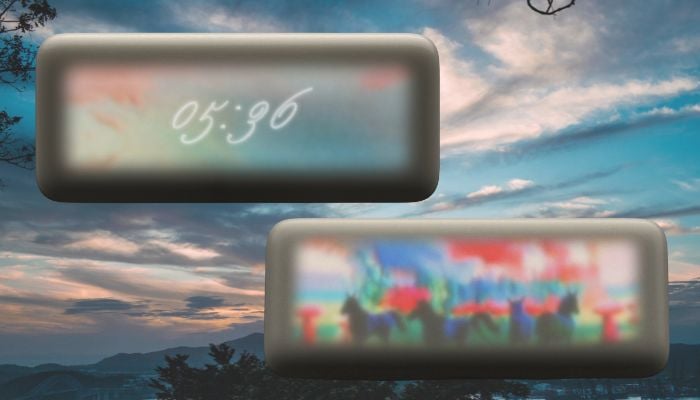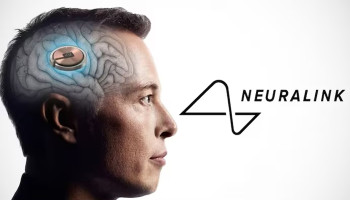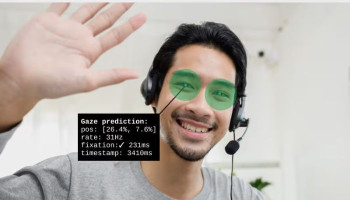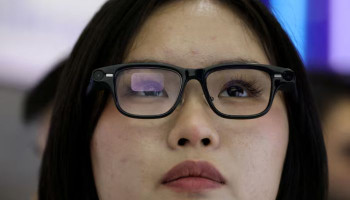
Imagine waking up in the morning and watching your dreams play back like short films. That is exactly what the Dream Recorder, an open-source AI-powered bedside device, is designed to do.
Developed by Dutch design studio Modem, the Dream Recorder captures brainwave activity while you sleep and turns your subconscious thoughts into short, cinematic dream reels.
How does Dream Recorder work?
Unlike many complex AI gadgets, the Dream Recorder helps people reflect upon their dreams. In the morning, users can verbally recall their dreams by pressing a button, and the device produces a grainy, dream-like video that plays back on the small screen. The videos have a hazy, analogue aesthetic that captures the surreal nature of dreams.
Modem has made the Dream Recorder entirely open-source, making both its software code and hardware documentation available to all on GitHub.
Anyone can build the device at home using a 3D-printed shell and off-the-shelf components. The device can store about a week of dreams to allow users to observe patterns or recurring themes in their subconscious.
Modem stresses that the device is designed to foster a relaxing, phone-free environment in the bedroom. The Dream Recorder can function independently of apps or notifications, and its only present stimulus is a comforting glow in the dark.
Users can also input stylistic prompts for dream video output, and, as AI models progress, the accuracy of the output is expected to improve over time.
















